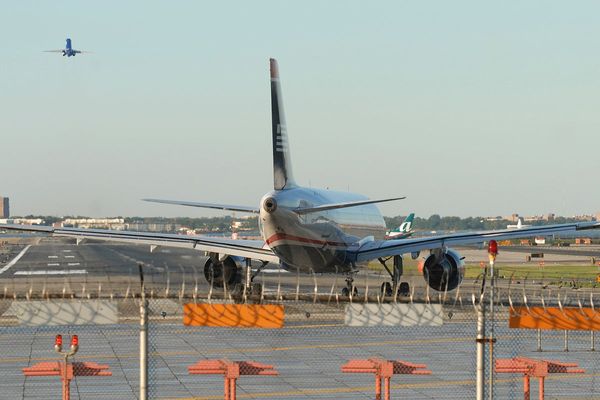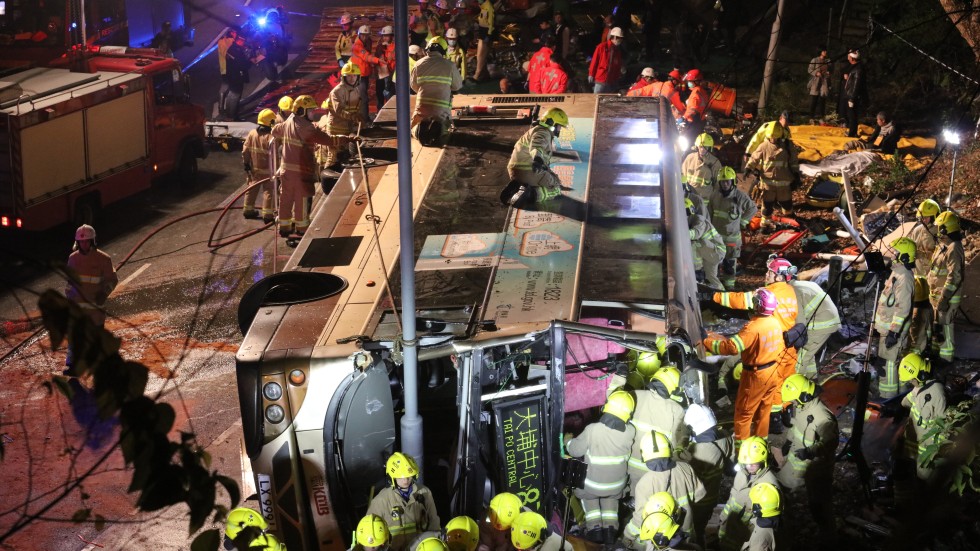
Hong Kong’s biggest bus company will bring in a range of security measures from this year including anti-drowsiness devices for drivers, it revealed on Friday, as the first anniversary of one of the city’s deadliest crashes neared.
KMB also promised to look into cutting “special shifts” for drivers from a maximum of 14 hours to 13, two months after an independent review committee handed 45 safety recommendations to the government.
The Transport Department revised the guidelines last February, just after a KMB bus crashed in Tai Po, killing 19 people. It was Hong Kong’s deadliest bus accident in nearly 15 years, sparking questions over whether operators had sufficient training, support and management.
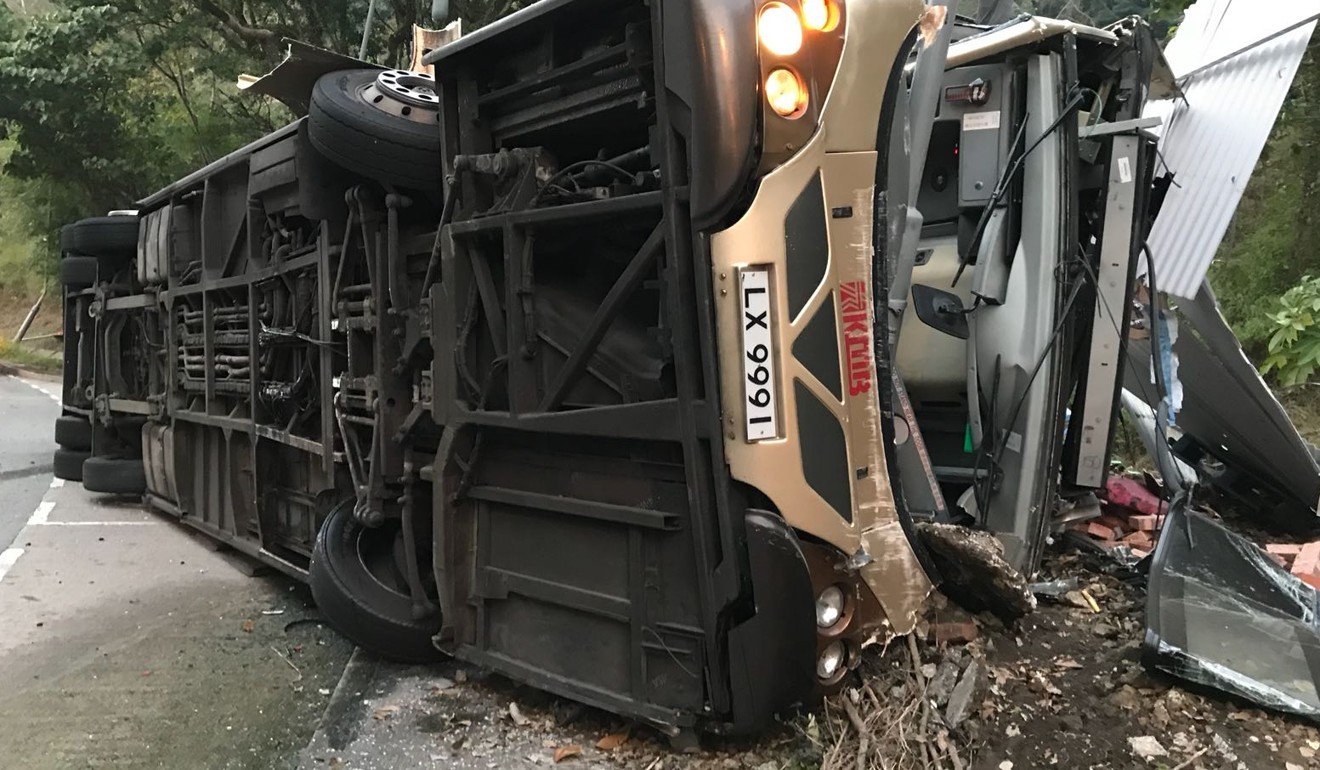
Despite the new guidelines saying maximum daily hours should be cut from 14 to 12, concerns were raised as a special shift still allowed drivers to work up to 14 hours a day, with a mandatory three-hour break.
Patrick Pang Shu-hung, the company’s deputy operations director, said the new guidelines on drivers’ working hours, rest time and meal breaks would come in on April 30. The review of special shifts would come after that.
“We really want to reduce it from 14 hours to 13. This is also our final goal. I hope we can do it as soon as possible,” Pang said on Friday.
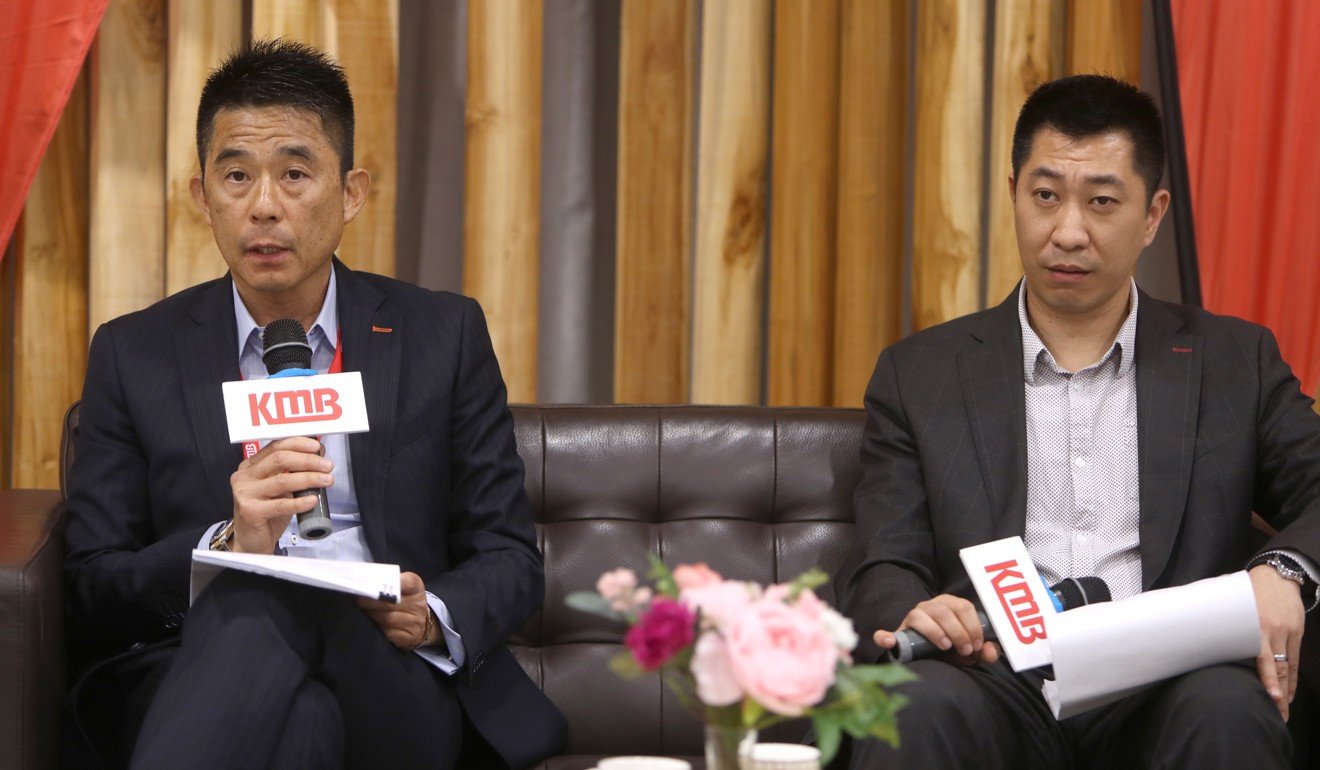
Last month transport authorities pledged to look into introducing new laws to improve bus drivers’ working conditions, and take tougher action against abusive passengers, as part of a safety overhaul recommended by the independent review committee, convened after the Tai Po tragedy.
Other key recommendations included providing funding for franchised bus operators to promote new safety technology as well as requiring buses to provide real-time alerts of excessive speeding.
Jones Wong Kin-fai, a deputy operations director at KMB, said all of its about 4,300 buses would be fitted with alert systems for excessive speeding this year.
A computer program that makes buses slow down if they go beyond the speed limit is expected to be tested as early as July and be on some buses by 2020.
Wong said the company was testing an anti-drowsiness device on buses. The tool can read a driver’s facial expression and sound an alarm or make the driver’s seat vibrate when it looks like they are dropping off.
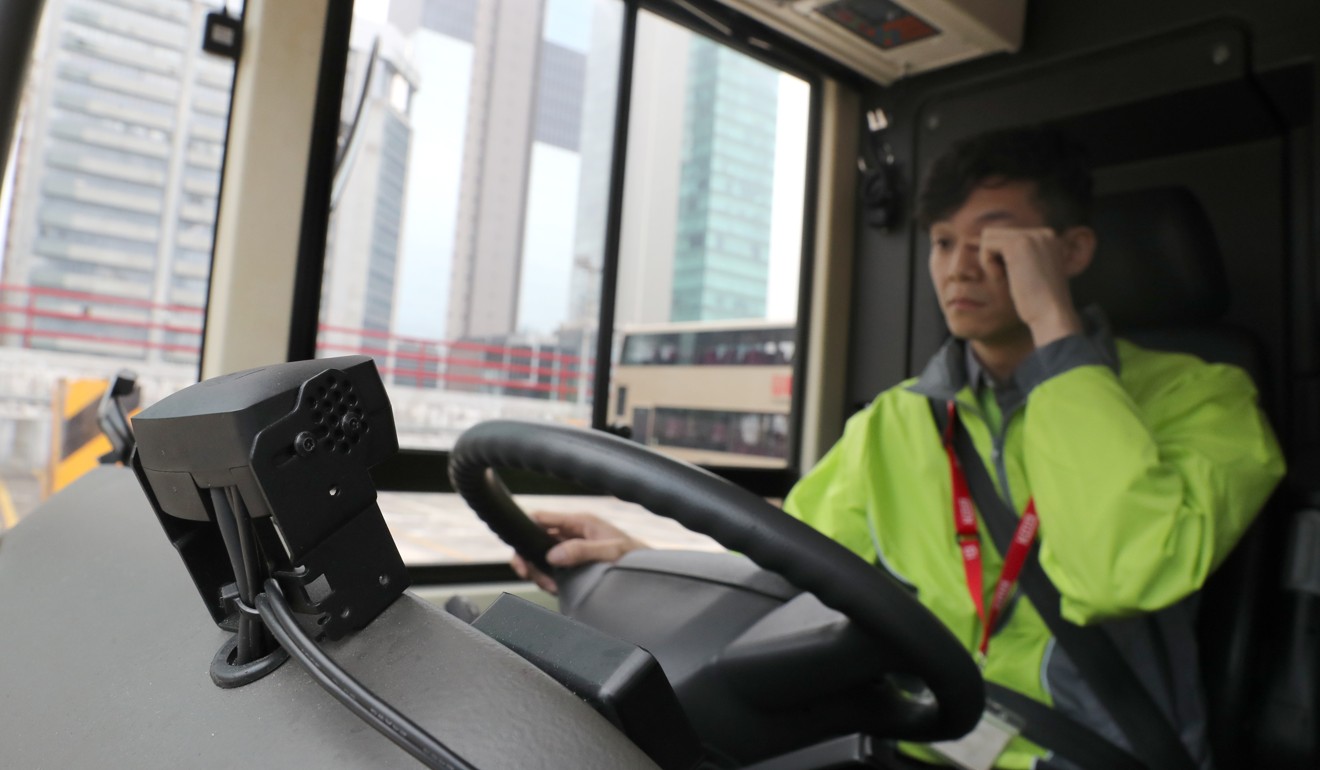
The system was slated to be introduced on vehicles in phases from as soon as the third quarter of this year.
Meanwhile, about 85 new buses equipped with technology making them slow down when they tilt would arrive in Hong Kong around May.
Tearful crash victim recalls seeing employer underneath school bus
Wong said KMB planned to add top-deck seat belts to more than 1,000 of its buses in the next two to three years.

Civic Party lawmaker Jeremy Tam Man-ho, deputy chairman of the Legislative Council’s transport panel, said the measures were signs of progress, but asked why they came – as he saw it – so late.
“The stability system and the anti-drowsiness device are not new technologies and they have been available for a long time. So it’s better than nothing, but why are they being implemented this late?” he said.


